Mastering Supply Chain Challenges
With regional incidents impacting trade and posing global threats, ongoing issues persist, the latest CommercialEdge report shows.
Supply chain issues from 2021-2022 have eased, but recent incidents in Baltimore and the Panama Canal underline ongoing challenges, according to the latest CommercialEdge report.

The collapse of the Francis Scott Key Bridge will affect regional trade, though won’t cause global disruptions like the Ever Given incident. However, the impact on the East Coast is significant, with rerouted shipping and prolonged reconstruction. Meanwhile, drought affecting the Panama Canal and conflicts in the Red Sea pose additional threats to global supply chains.
Companies that adapted during the COVID-19 pandemic are better equipped for these new challenges. While current risks aren’t alarming, they warrant close attention. Supply chain disruptions not only impacted industry balance but also drove inflation to historic levels. Further disruptions could exacerbate economic instability, making a smooth recovery less likely and increasing the risk of recession.
READ ALSO: The Next Industrial Hotspot? Head South and Then Some.
Some 405.9 million square feet of industrial space were under construction nationwide at the end of March, accounting for 2.1 percent of total stock, CommercialEdge data shows. Construction activity has significantly decreased, with the under-construction pipeline now two-thirds smaller than last year. This decline, driven by normalizing demand and higher capital costs, is particularly pronounced in the Inland Empire, where construction has plummeted from 27.2 million to 9.2 million square feet.
The largest pipelines on a percentage of stock basis were found in Phoenix (10.8 percent, 41.7 million square feet underway), Charlotte, N.C. (3.9 percent, 12.3 million square feet), Kansas City, Miss. (3.9 percent, 12.3 million square feet), Memphis, Tenn. (3.4 percent, 10 million square feet), Denver (2.9 percent, 7.9 million square feet) and Dallas (2.6 percent, 24.5 million square feet). Meanwhile, industrial sales year-to-date in March totaled $10 billion, with properties trading at an average of $147 per square foot.
Industrial rents surge, vacancies rise
In March, the national average rent for industrial space stood at $7.85 per square foot, reflecting a significant uptick of 730 basis points from the previous year. According to CommercialEdge data, this translates to a 17-cent surge compared to March 2023. Miami took the lead in national rankings with an impressive 11.9 percent year-over-year rent growth, followed closely by the Inland Empire with an 11.8 percent increase. Los Angeles secured the third spot with an 11.2 percent rise, while Orange County also exceeded the 10 percent mark, boasting a growth rate of 10.8 percent.
Meanwhile, national industrial vacancy reached 5.2 percent in March, up 20 basis points from the month prior. Recent increases in vacancy rates stem from several factors. Between 2022 and 2023, more than 1 billion square feet of new supply have flooded the market, while the e-commerce surge has slowed.
Economic uncertainty, inflation and interest rate hikes have made tenants cautious about signing leases, prioritizing cost control over rapid leasing. This shift has tempered the leasing activity that previously drove vacancy rates to record lows post-pandemic. Vacancy was lowest in Columbus, Ohio, and Kansas City, Miss. (2.4 percent), Indianapolis (3.2 percent), Nashville, Tenn. (3.3 percent) and Phoenix (3.7 percent).
Read the full CommercialEdge report.

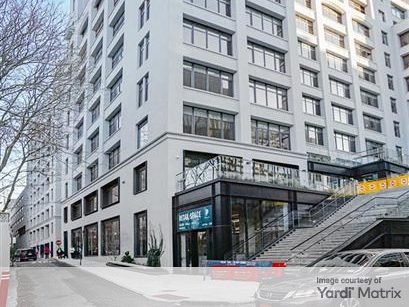
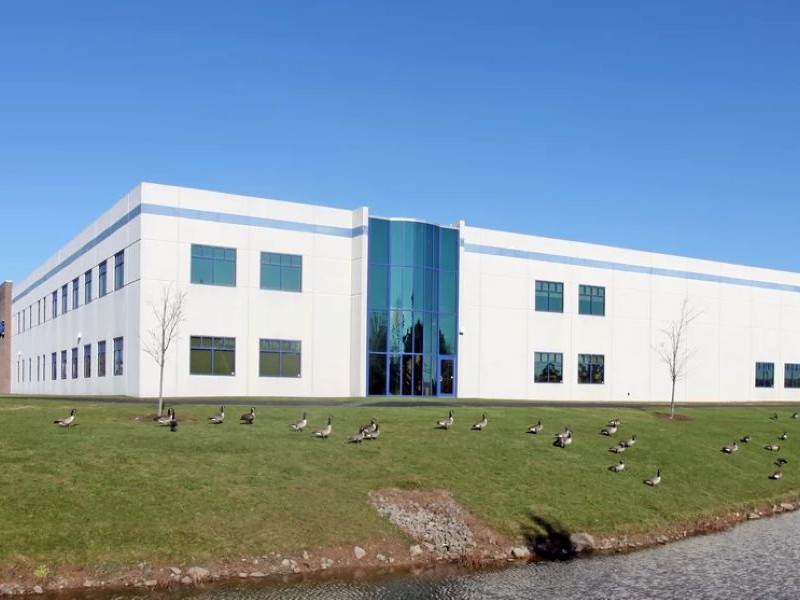
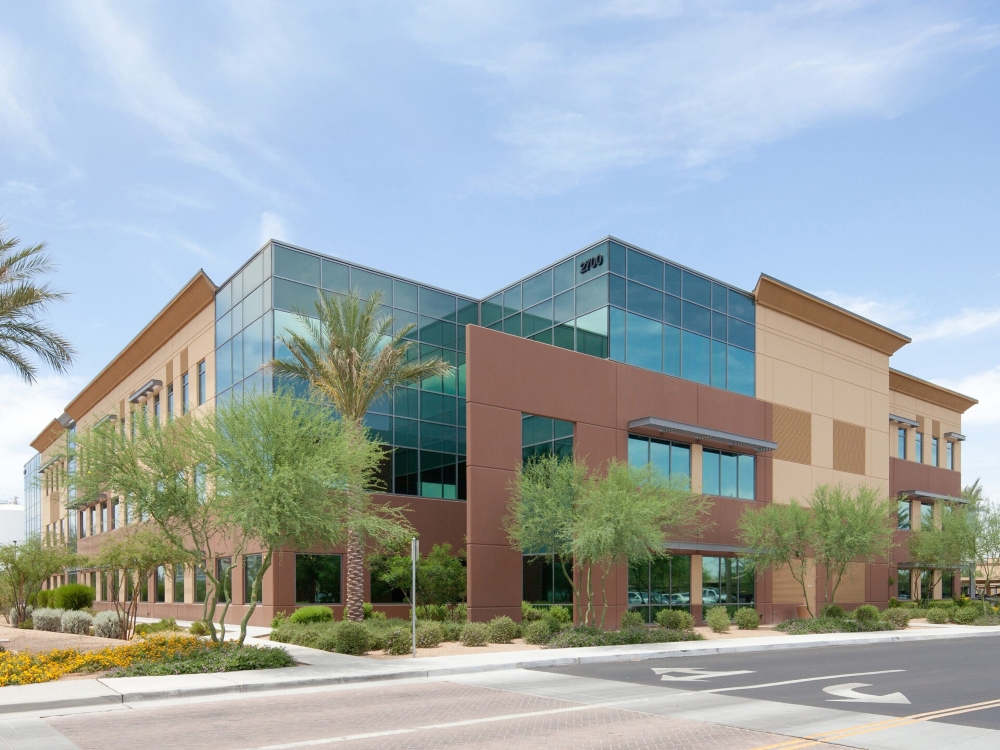
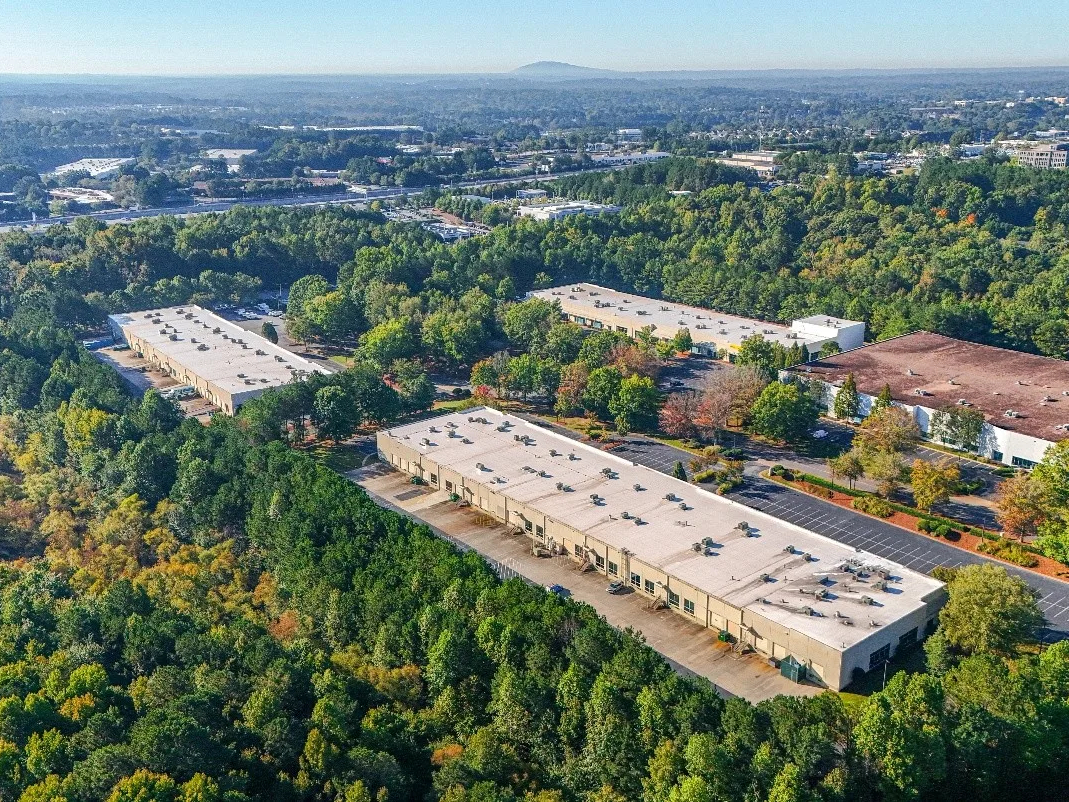
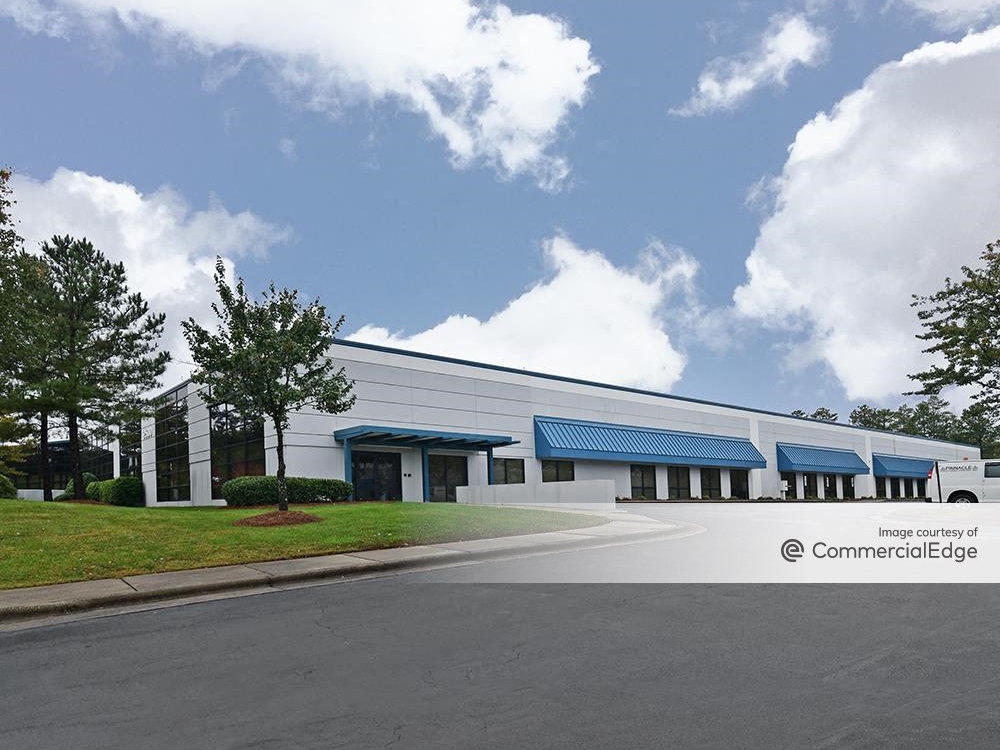

You must be logged in to post a comment.